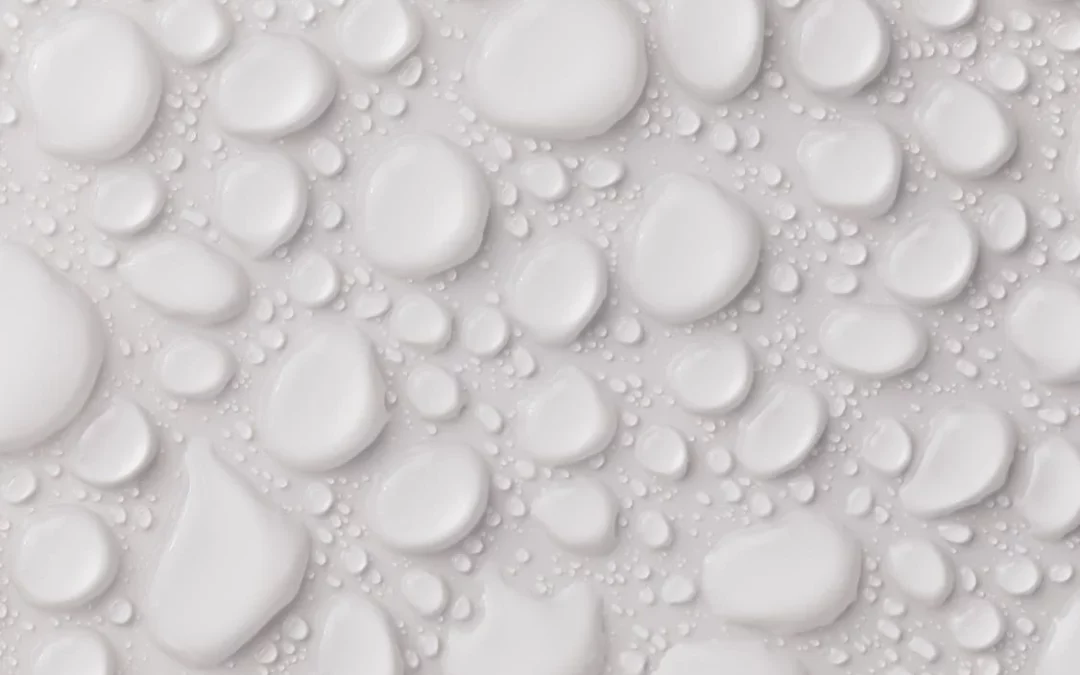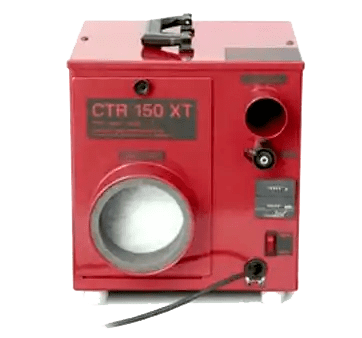Water damage is one of the most common insurance claims in the UK. And whether you’re facing a hidden leak, burst pipe, or flooding from outside, knowing how to handle water damage effectively is crucial.
At Humidity Response UK, we’ve been carrying out leak detection, flood emergency works, and mould investigations for over 35 years. In that time, we’ve picked up tips and tricks of the trade to make navigating water damage as stress-free as possible. We’re here to share our expertise with you to minimise water damage.
Assessing the situation
The first step in handling water damage is to assess the situation accurately. Take a moment to recognise the extent of the damage and identify any potential safety hazards. Is the water source is still active? If so, safely shut it off to prevent further damage if it’s possible to do so. The next step is to contact experts in flood emergency works or internal leak repair.
Mitigation and initial steps
Once the situation has been assessed, it’s time to take immediate steps to mitigate the damage. Start by documenting the water damage thoroughly. Take photographs and make a detailed list of affected items and structures.
The next crucial step is to remove standing water and initiate the drying process. Use pumps, wet vacuums, or buckets to extract the water. Open windows, use fans, or dehumidifiers to promote air circulation and expedite drying. Remember to prioritise safety at all times. If you find a situation beyond your comfort or ability to tackle, contact experts in flood and water damage instead.
Restoring your property
After mitigating the initial damage, it’s time to focus on restoring your property. Start by evaluating which items you can salvage and which will need to be thrown away.
It’s important to note that mould and bacterial growth can pose a health risk, so take care with items severely damaged by the water.
Not sure if mould is a problem? We can help by arranging for an in-depth mould investigation and damage evaluation to determine the best course of action for restoration or replacement.
In cases of significant structural damage, it’s crucial to skip straight to enlisting the help of professionals. Experts will be able to repair any significant damage and make sure your property is structurally sound. They can also help fix any electrical or plumbing issues.
Preventive measures
While handling water damage is critical, it’s also wise to take preventive measures where possible and prepare for future incidents. You might want to carry out a risk assessment to see how likely water damage is, then implement precautionary measures. For instance, you may want to install sump pumps, seal any foundation cracks or improve the drainage systems around your property.
Developing an emergency plan is also essential. That way, if an issue does arise, you’ll be able to respond quickly. Here are a couple of things you can do:
- Educate yourself and your family members about emergency shut-off valves for all utilities, including gas valves and water stop cocks.
- Keep a list of emergency contacts, including flood disaster recovery specialists and your insurance provider.
Regular maintenance and inspections
Regular maintenance and inspections are key to preventing water damage. For example, obtaining a moisture survey can help recognise areas of your property that may require preventative maintenance to stop mould, or simply stop an issue becoming bigger than it needs to be.
Worried about water damage? Contact Humidity Response
At Humidity Response UK we’re available to offer services to help prevent, or swiftly respond to, unexpected water damage and emergency situations. Contact us today for expert help and reassurance.













